Huawei Honor 6 Review
by Andrei Frumusanu & Joshua Ho on September 12, 2014 9:00 AM EST- Posted in
- Smartphones
- Huawei
- Android
- Mobile
- Honor 6
Huawei keeps it pretty simple in terms of their own provided "added value" applications. I'll reiterate here that I'm not taking any closer look at Huawei's dedicated store, music or gaming apps as they seem to be strictly Chinese-market oriented and mostly not even translated from Chinese.
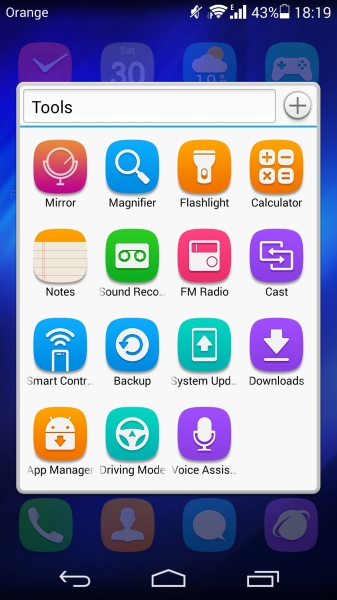
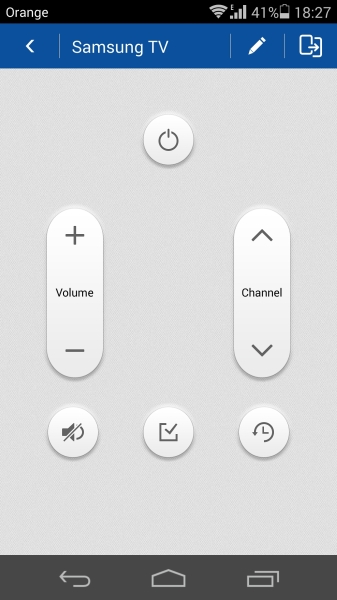
The most commonly used applications that you expect to be found on any stock Android phone (beyond those that you see on the main home screen) are found neatly tucked in a "Tools" folder on the second screen.
In this folder, we find the IR blaster remote software. It's very simplistic and easy to use, with the ability to choose a manufacturer from a predefined list and pressing the power button until the target device successfully is turned on. If your device is not compatible, you are able to program it as any other smart-remote by pointing your original remote at the IR sensor to register the desired code and save it on any desired button.
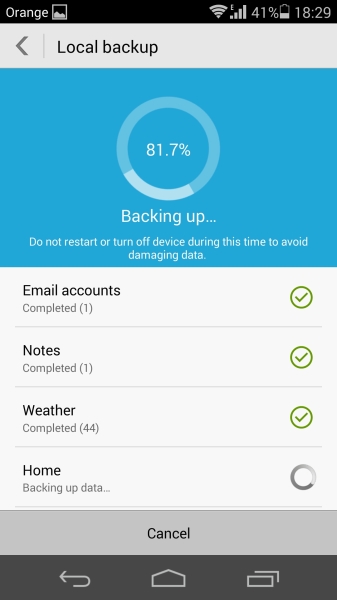

Surprisingly I found a backup function on the phone that lets you backup all your application data either locally (and optionally cryptographically protected via a password) or to Huawei's cloud services if you wish to do so. It's very straightforward and you can even choose to restore individual apps from the backup.
The included FM radio app again provides the basic functionality to listen to the air-waves. I found it a pity though that it didn't include RDS functionality, something I wish was more prelevant in phones. FM radio is still popular in many areas around the globe so I'm always happy to see OEMs continuing to support it.
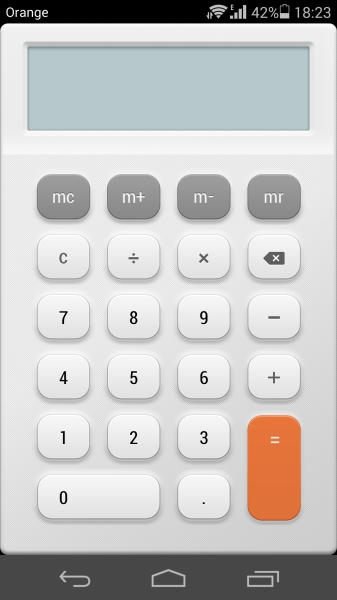

The magnifying glass application works remarkebly well, using the phone's rear camera macro function at a button without having to launch the main camera app.
There's a "Mirror" app which uses the front camera and allows you to admire yourself in it. I found it odd that by default this included a "steamy" glass effect which you have to clean with your finger or press the back button to clear. There are a variety of frames that you can choose from to embellish yourself for and take selfies with so that you can share them with your friends.
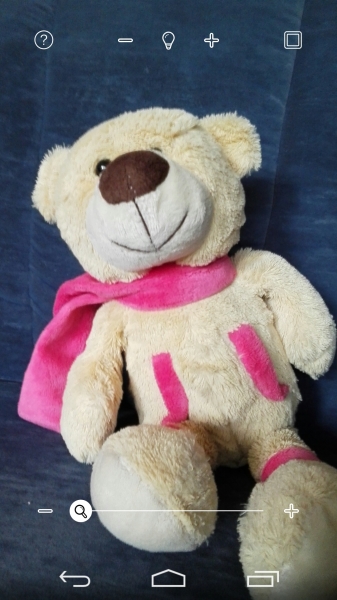
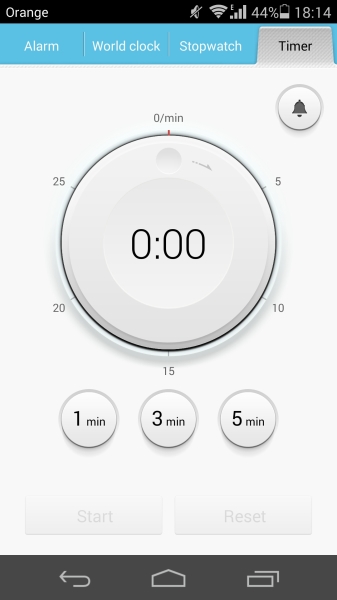

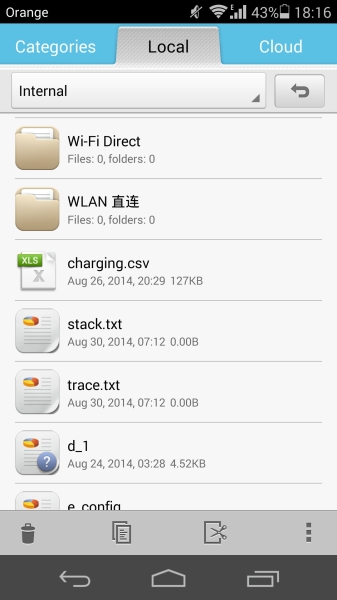
The default file manager provides all your needs in terms of moving around and managing your content on your phone. I still find it very disappointing that Google has effectively gutted all third-party file managers and rendered them virtually useless. This is also valid for Huawei's EmotionUI as it implements the same restrictions which are not circumventable without rooting the phone. I hope Android L finally fixes this issue which has caused quite an upheaval in the community.
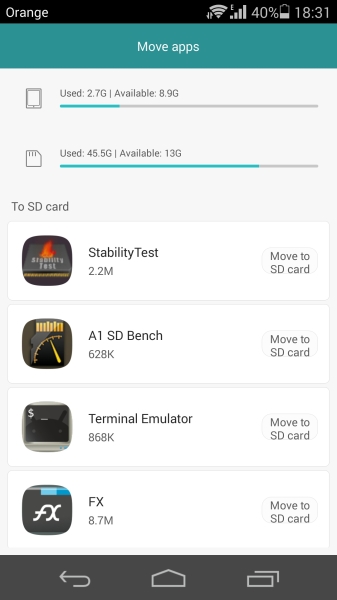
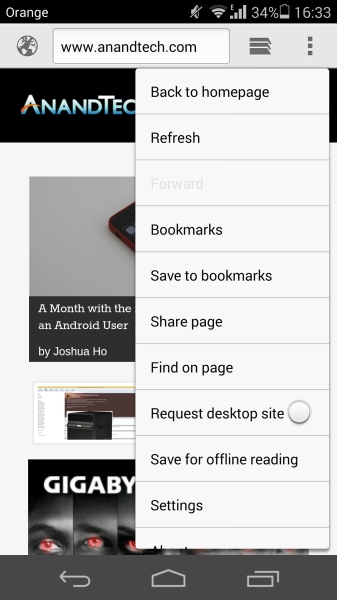
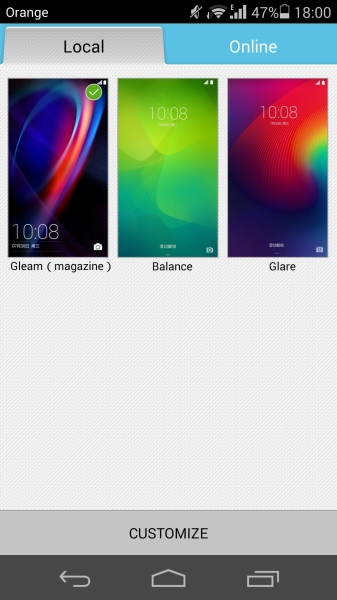
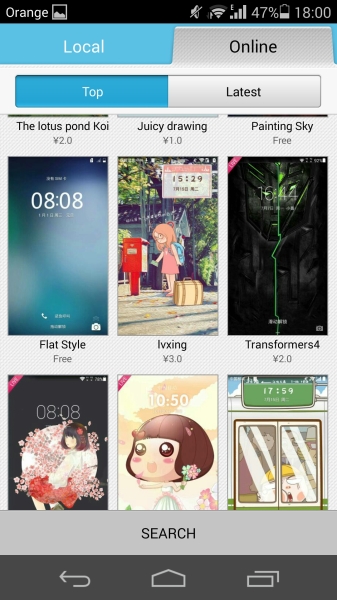
Huawei offers the possibility of moving applications onto the external SD card when your internal space gets too low. The stock browser keeps on the simple design that we see throught the OS and offers the most basic features. It's very fast and it works well, there's not much to say about it.
The OS offers a theming engine which changes the visual style of the icons, lockscreens and backgrounds. There's a wide variation of themes available in the online section, some which are for pay and most which are freely available.
Here's a gallery with various other screenshots of the UI such as the video and music players or the dialling pad, and some of the non-translated chinese-only features of the phone that I've skipped due to my language limitations.
In general, I'm pretty happy with Huawei's software. There is absolutely no lag or delay anywhere on the phone, the animations are smooth and apps open and switch virtually instantenously. It's easily one of the snappiest phones I've dealt with. While I'm no fan of the stock launcher's looks and the icon design, it's nothing that is inherently tied to the OS and can be easily replaced with customization. There are no gimmicks with the phone and it offers a very solid user experience.
















59 Comments
View All Comments
DIYEyal - Saturday, September 13, 2014 - link
I found a typo in the battery life page: "I think this is due the phone having quite good thermal dissipation charateristics ."akshayprbhu - Friday, October 10, 2014 - link
that is not a typo. The phone is having good thermal dissipation as it is cooler than similar spec phones when a performance test was done! Youtube for more proof...lilmoe - Saturday, September 13, 2014 - link
Great review of what really matters. I especially liked the in-depth analysis of the SoC and its platform power in comparison to others. Looking forward to future reviews."Ideally, it would be interesting to see a 720p mode on 1440p screens as it would offer perfect scaling, with one logical pixel being mapped to exactly four physical ones, without the need for interpolation and upscaling artifacts"
If Samsung ever decides to put a 1440p panel on the GS6, I seriously hope they allow a 720p mode in their power saving options. Even if pentile, It would be MUCH sharper than any other 720p AMOLED panel since it's up-scaled. Actually, I seriously interested to see how it would look like. Plus, the added performance and battery life would be legendary on a phone faster and more efficient than the current GS5. Totally intriguing.
lilmoe - Saturday, September 13, 2014 - link
Oh, this is just a suggestion. If you must use browser benchmarks to measure platform performance (sighs...), wouldn't it be better to use the stock browser since it's what most people use? You know, since the stock browser is usually more optimized for that specific device and generally performs better than Chrome. Using Chrome to see the difference of Android devices in comparison is OK since they'd be using the same browser running on the same OS, but definitely NOT OK in comparison with other platforms.Please correct me if I'm wrong, because I'm positive that I'm not.
aryonoco - Sunday, September 14, 2014 - link
Thanks for the great review, this was the first time that any publication has exposed the inner workings of a Hisilicon SoC, and you've done a great job of that. However I wanted to mention here that I strongly disagree with your analysis of the software.Designing software that's going to be used by mass users is a constant balancing act between exposing enough power to satisfy different user requirements and power users, and yet keeping the UI simple enough so that the vast majority of users are not overwhelmed by the array of features. The Permission Management feature here, similar to those baked into many custom ROMs goes well over the line and is a huge user experience disaster. To ship an OEM ROM with this, is begging for a deluge of support calls from clueless customers who have disabled things and then wonder why their phone doesn't work as intended.
I'm not saying that the current permission management scenario in Android is perfect, far from it. I don't think anyone has figured out the perfect balance of how to inform users about third party apps without scaring them, turning the notices meaningless, or overwhelming users.
One of Anand's greatest assets was his ability to articulate his vision of good UI in various products. Him and Brian could explain why certain choices were made (for example in terms of treatment of external storage on Android, or the design tradeoffs about non-replaceable batteries) and the guiding principles behind them. File managers are archaic and confusing to 90% of users. I know the tech-savvy AT readership will disagree, but the whole concept of files and directories are broken for average users, especially on a device like a phone, and they are better off being abstracted away from them. Your comments on file managers in KitKat, or your praise of Huawei's software "enhancements" shows a lack of understanding of where the line is when it comes to UX design.
I hope that now that Anand is gone, AT doesn't become a place where the writers are blind to the needs of average customers. We do not need Android to regress to the wild days of Gingerbread, or worse, Windows Mobile.
Ethos Evoss - Sunday, September 14, 2014 - link
Well, you complaining about huawei logo or writing missing and main thing is that you NEVER complained on iphones that they NEVER put writing on their phones but that is alright ? h ? people are so pathetic .. if apple wud make soome plastic dick sticking out from phone you guys would say that is fine bcos it is iphone and we will forgive that we will get used to it .. oohh jeezz naive peopleakshayprbhu - Friday, October 10, 2014 - link
the writings are a part of the mandatory regulations to denote the compliance with the telecom regulations. and it does not eat up too much space on the back.darkich - Sunday, September 14, 2014 - link
Absolutely great analysis. Andrei and Joshua, keep these top notch write ups coming!SeleniumGlow - Monday, September 15, 2014 - link
I was hoping that the Kirin processor would have a comparison with the MediaTek MT6592. But I guess there are some obvious differences in the Big Little implementation that will prevent it from being a good comparison.siberstorm - Monday, September 15, 2014 - link
The mediocre camera and obvious cutrate shoddiness (wtf the stabilization is just the 1080p field cut down to 720p with none of the rest of the sensor used, so ghetto) is unacceptable and this goes for the mate 7 as well. So bye bye huawei. I am still interested in the lenovo vibe z2 pro aka k920 and would love a review of that phone, but the chances of lenovo sending one to anandtech are slim, considering they arent gunning for the global market like huawei is.